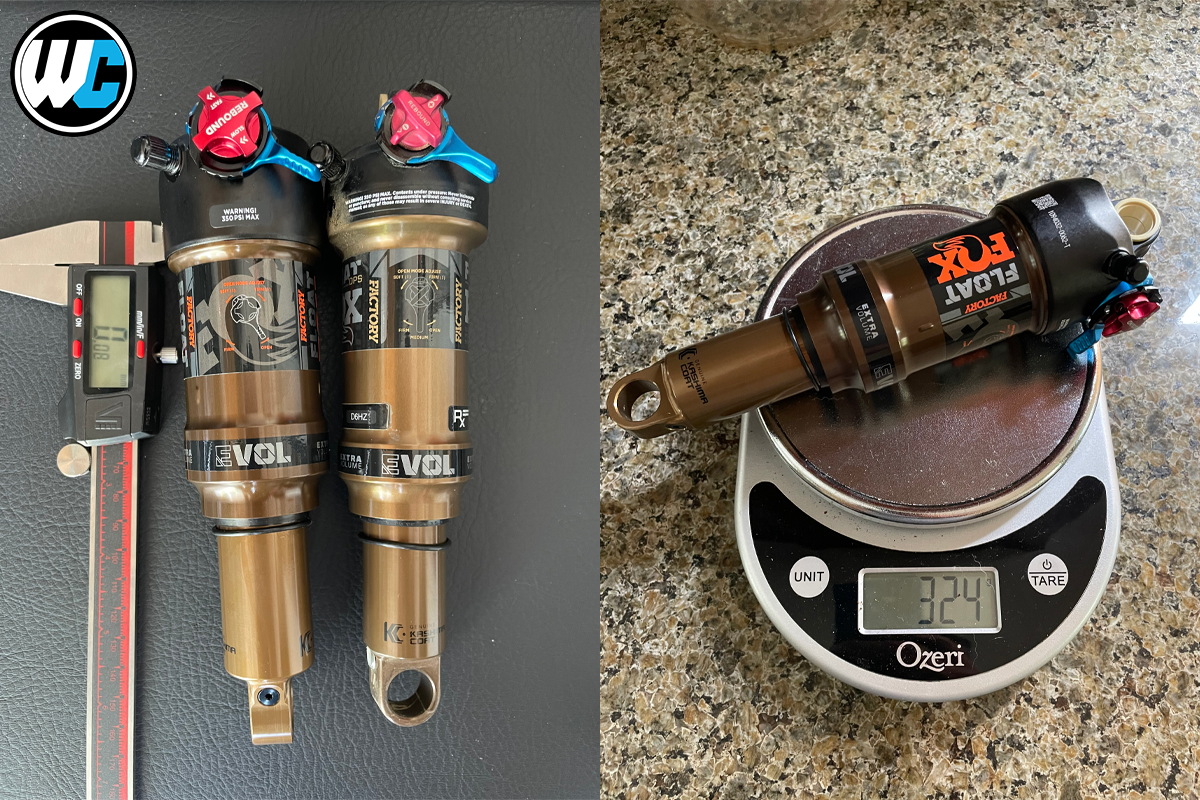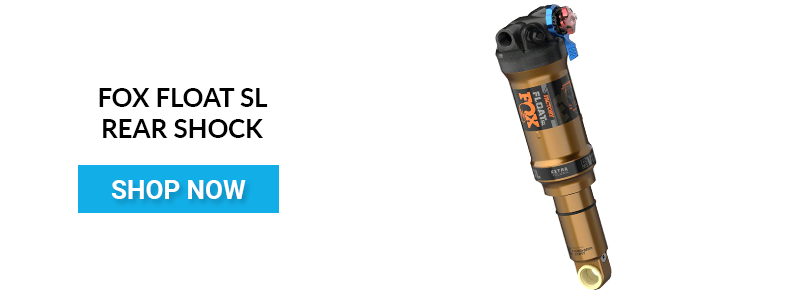- Shop
- Bikes / Frames
-
Components
- Tires / Tubes / Sealant / Valves
- Forks / Parts
- Rear Shocks / Parts
- Groupsets / Drivetrain Bundles
- Drivetrain
- Shifters
- Handlebars / Grips
- Stems
- Brakes / Pads / Adaptors
- Seatposts / Clamps / Levers
- Saddles / Seats
- Pedals / Cleats / Parts
- Wheels / Hubs / Rims
- Headsets / Parts
- Cables / Housing
-
Accessories
- Tools / Lube / Solvents
- Car / Truck Racks / Tailgate Pads
- Frame Straps
- Pumps / Inflation
- Chainstay / Frame Protectors / Fenders
- Computers / GPS / Electronics
- Hydration Packs / Bags
- Lights
- Water Bottles / Cages
- Gift Ideas / Novelties
- Indoor Trainers
- Bike Travel / Shipping Cases
- Nutritionals
- Locks
- Storage Racks / Stands
-
Apparel
- Helmets
- Jerseys
- Shorts / Bibs
- Gloves
- Shoes / Socks
- Pads / Protective Gear
- Pants
- Eyewear
- Chamois / Short Liners / Base Layer
- Chamois Creams / Embrocations / Butt'r
- Jackets / Vests / Hoodies / Flannels
- Casual Wear
- Headwear
- Brands
- Top Secret Sales (Do Not Tell!)
- Watch
- Read
- My Account
- Help / FAQ's
- Contact Us / Locations
- Call Us | 1-805-375-4525
- Why Shop With Us?
- About Us
- Continue Shopping
- Your Cart is Empty
FOX Float SL Rear Shock [Rider Review]
Our "Rider Review" article series features the honest reviews from verified purchasers of Worldwide Cyclery. They contain the photos, thoughts, feedback & overall review you are looking for.
Fox is one of the most well known suspension companies in the industry. Fox offers a shock for every discipline. In this case, Fox offers the Float SL for those who are wanting take their XC racing to the next level. See what our customers think of the Float SL rear shock!
Overview
I had almost 2,500 miles on Fox’s Factory DPS shock on my 2021 Specialized Stumpjumper before upgrading it to the new 2024 Fox Float rear shock. The two shocks look somewhat similar but perform very differently, IMO. The outgoing DPS was a great shock, but I always wanted a little more capability on the downhills, as most of my trails are steep climbs followed with fast and loose descents. I did not, however, want to pay the half pound penalty for the Float X shock, so I always stuck with the Fox DPS till Fox’s new Float shock was released.
Before riding the shock, I made some comparisons in size as the new Float shock is supposed to be a mini “Float X” (minus the piggy back reservoir). The weight of the DPS shock was 264 grams and the Float was 324 grams (60 grams or 2oz difference) with a size 190x45 shock. The outer diameter of the shock body of the DPS was 40mm while the Float is 45mm. The shaft diameter of the DPS was 27mm and 29mm for the Float. All the signs pointed to a “mini” Float X.
First ride on the new Float and, right off the bat, I could tell a difference in the pedaling and descending characteristics compared to the DPS. After a couple rides on some different trails, I was able to digest the differences more. The DPS has a slightly firmer pedaling platform in the open mode compared to the Float and there is a touch more shock movement with the Float when in a seated pedaling position on flatish terrain. On climbs where there is chain tension, the difference was not as noticeable and the Float shock stayed relatively firm. You could add more low speed compression with the three-setting LSC dial, but for comparison's sake, I left both on setting one and where I finally settled as well after setup. I only ever used the Open or Firm setting on the DPS, so losing that two or “trail” setting on the Float was no big deal to me. I think most bikes these days can pedal pretty well in the open mode, so losing the trail setting is not too important IMO.
Now for the downhill review and why I wanted to try this shock. If the difference in pedaling was minor, the difference once the bike was pointed down was more significant between the two shocks. The new Float has considerably more composure and support downhill than the DPS. The rear end of the bike feels less skittish and I could carry more speed downhill on the Float shock compared to the DPS. The Float still feels very sensitive in the initial stroke but has more support than the DPS once things get fast and rowdy. It was such a difference that I ended up increasing the pressure on my fork after I realized I was a little under sprung on my fork. I was using more travel than I normally did on my fork with the DPS. The increased speed I was able to carry with the Float shock may have shifted more of my weight to the fork and caused the bike to ride unbalanced. After upping my fork pressure, my bike felt much more composed downhill with the Float shock.
Final Thoughts
If you can live with a small decrease in pedaling efficiency and a small weight penalty but gain more capability downhill, then I think the Float is a great upgrade to the DPS or any inline shock without a piggyback reservoir.
January 10, 2024
Fox factory suspension › Rear Shock › Rider Review › Suspension ›
Top Products For You...
Recent Blogs
- Jared’s Favorite MTB Things of 2025
- SRAM Maven Base Disc Brake [Rider Review]
- Chatting Crankworx, Hard MTB League, Goldilocks Tires & More with Special Guest Sophie Allen... Ep. 166 [Podcast]
- OneUp Components V3 Dropper Post [Rider Review]
- Revel Ritual Long Travel Enduro Review: Playful Or Pure Plow? [Video]
--- Shop Info ---
Newsletter Signup -
© 2025 Worldwide Cyclery









